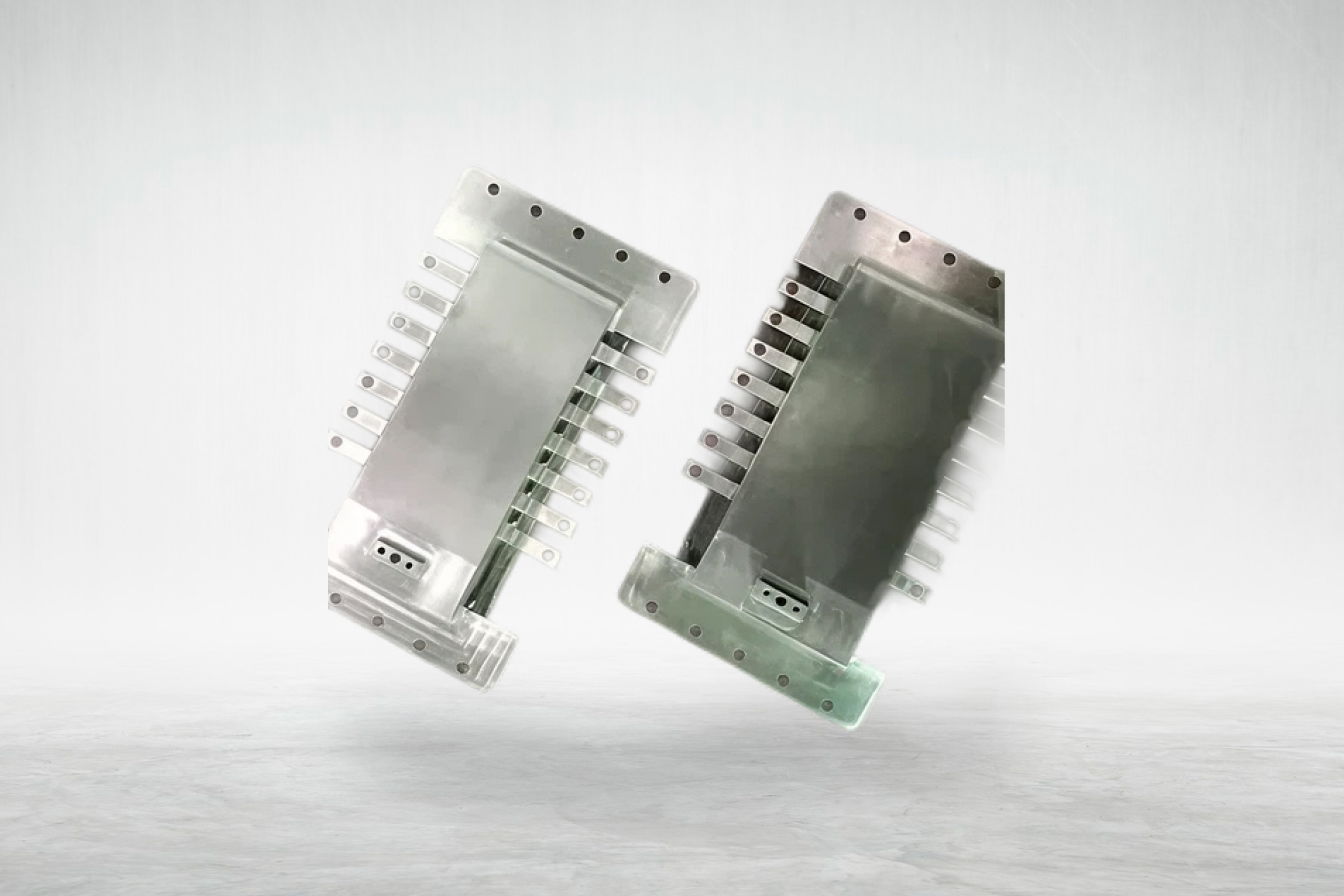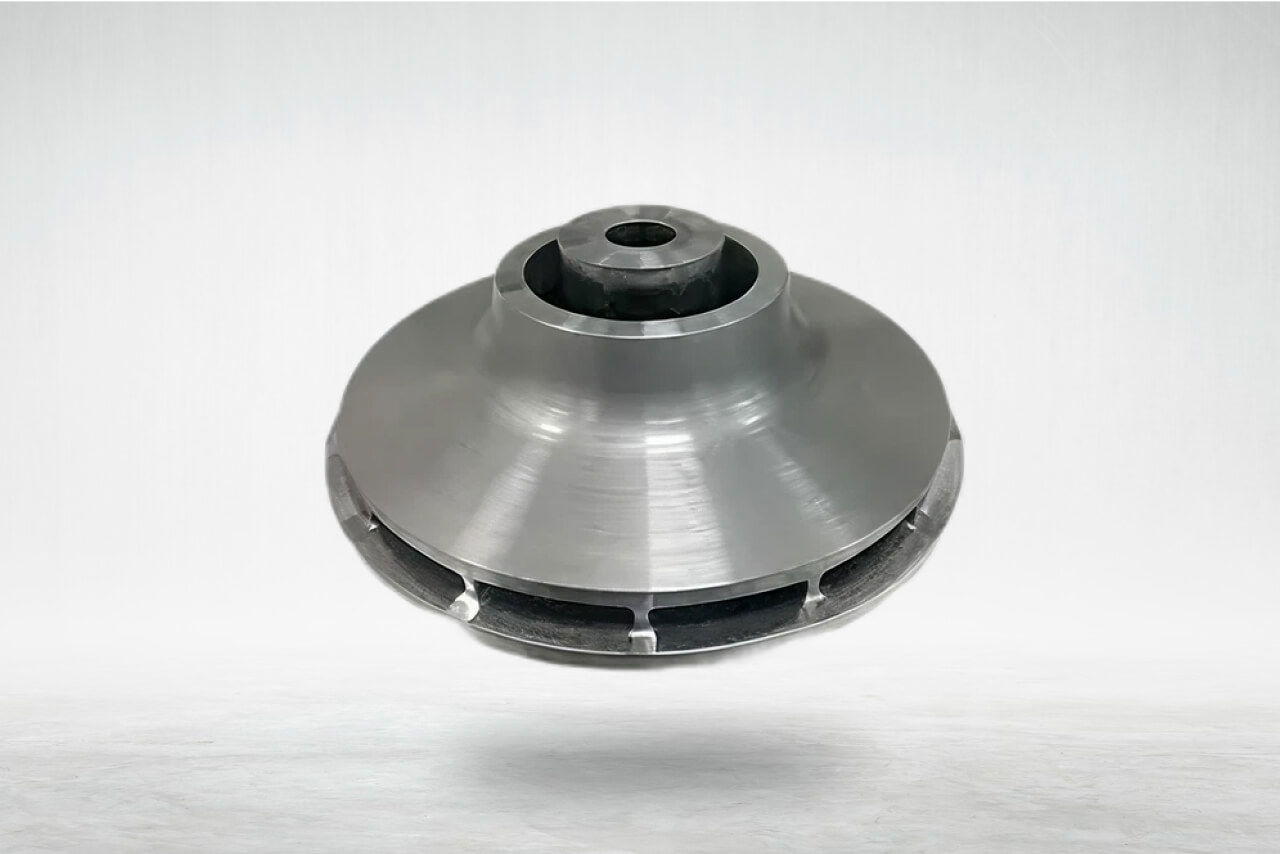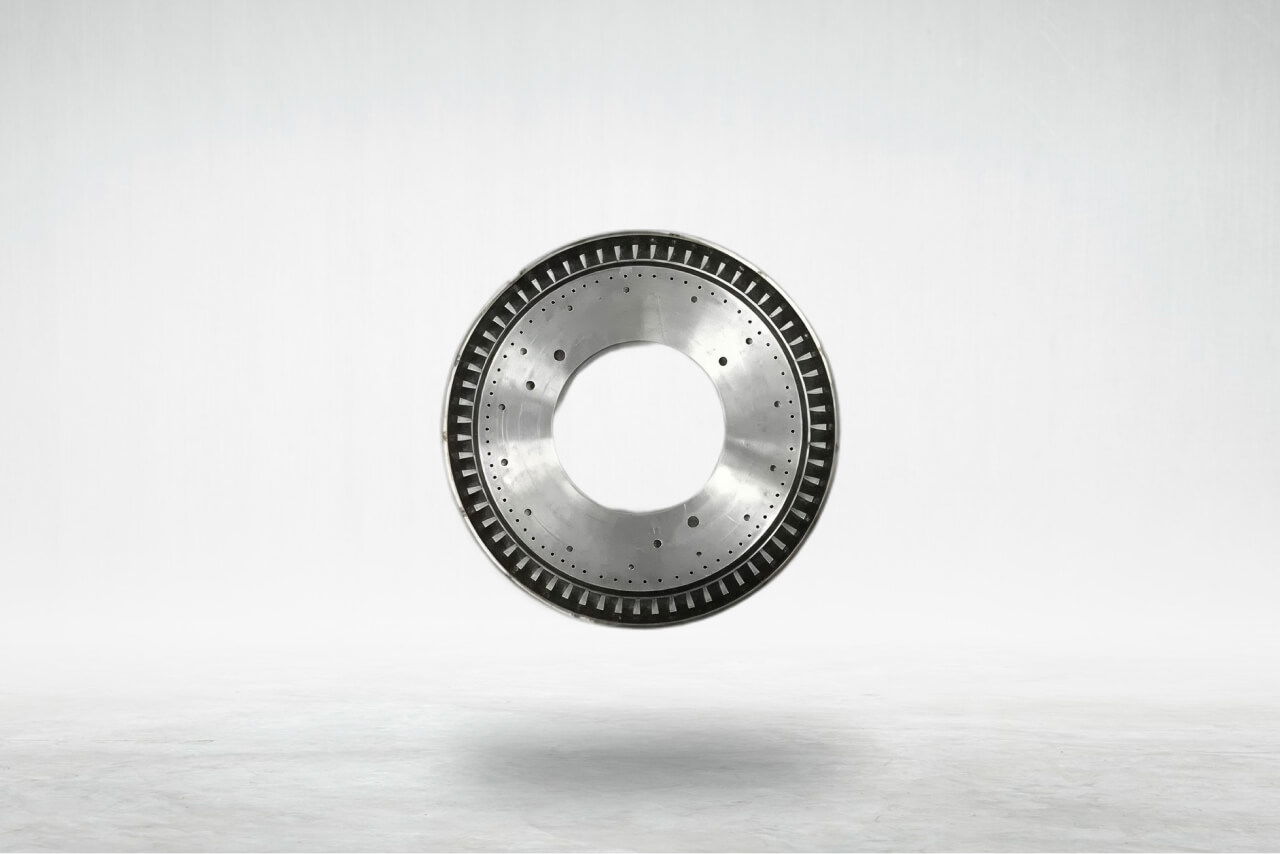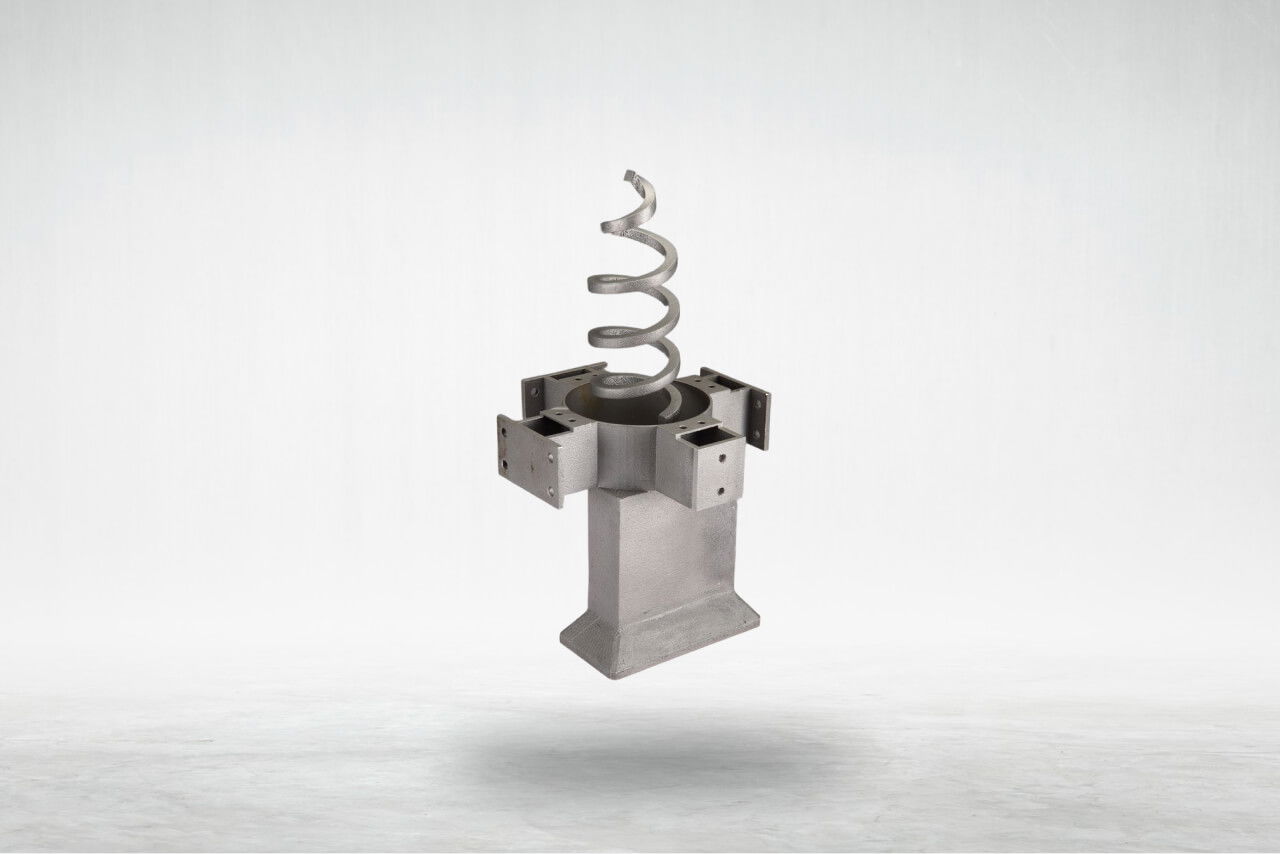Bracket
The Bracket was chosen as a low-risk structural element to reduce weight, to be later…
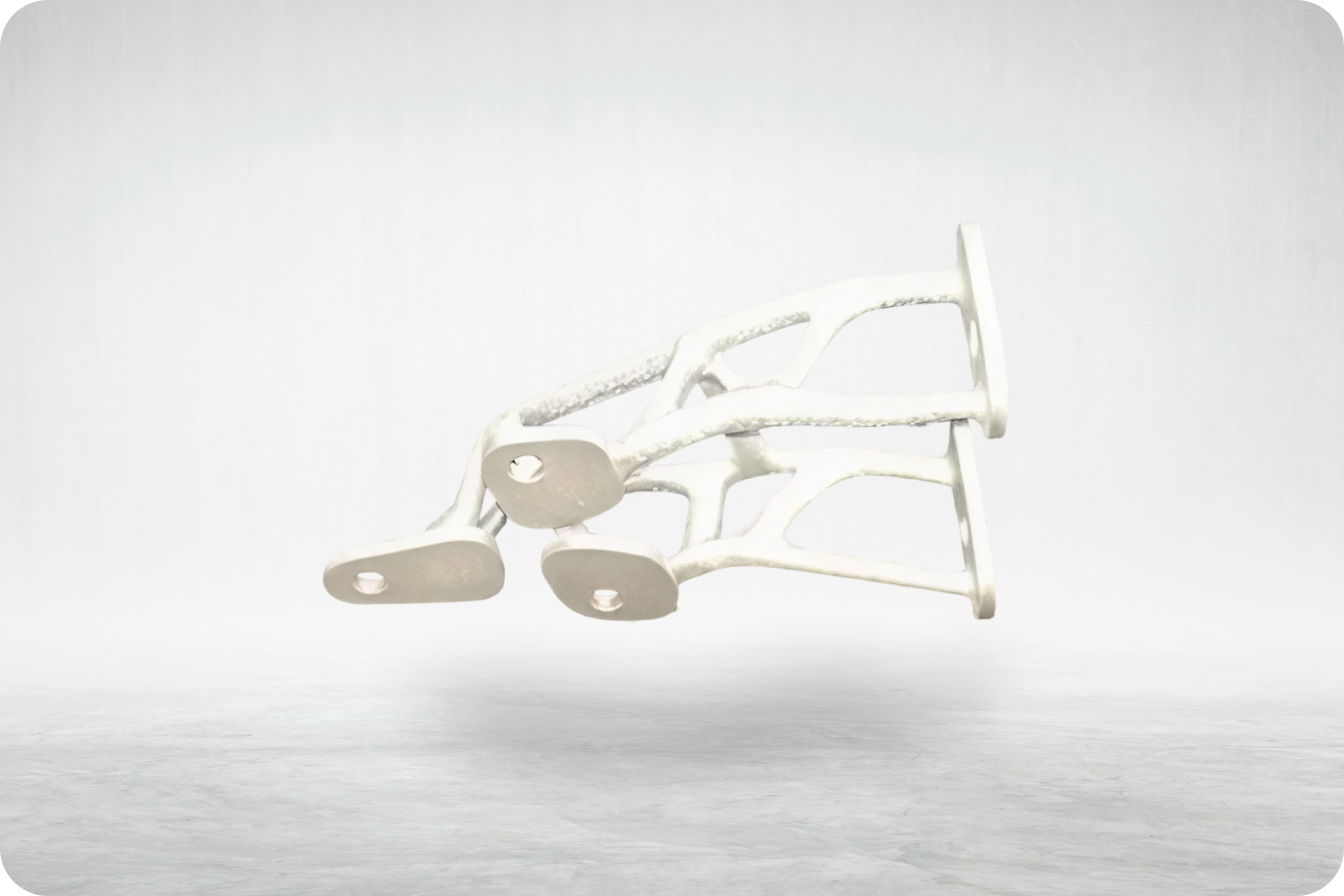
CATEGORY
Aerospace
MATERIAL
AlSi10Mg
The Aerospace industry has been at the forefront of adapting Metal Additive Manufacturing (AM) and some of the most evolved applications of metal AM can be found in the aerospace sector. Leading OEMs, tier 1 suppliers, and key ecosystem players are in the phase of developing mature capabilities in metal AM.
Typical value contribution from Metal Additive T Manufacturing comes in form of weight reduction, reduction in sub-assembled parts by creating monolithic designs, ability to realize complex designs and drastic reduction in lead time to realize components.
About the Project
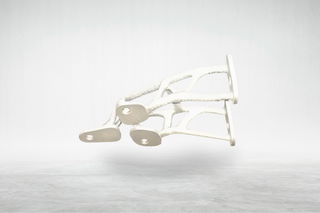
AM Competencies Used
Additive Design & Engineering
The initial design contained a lot of mass in the bracket. With the stress plot as a foundation, Additive Design was used to eliminate more than 50% of the mass
Post Processing
A series of well-planned post processing activities were coordinated and executed to achieve the Bracket’s desired surface finish and mechanical properties.
Build Technology
Due to its interwoven structure, the component was challenging to realize in AM. Wipro 3D used its proprietary Additive Thinking Framework to design innovative supports and realize the ‘Bracket’.
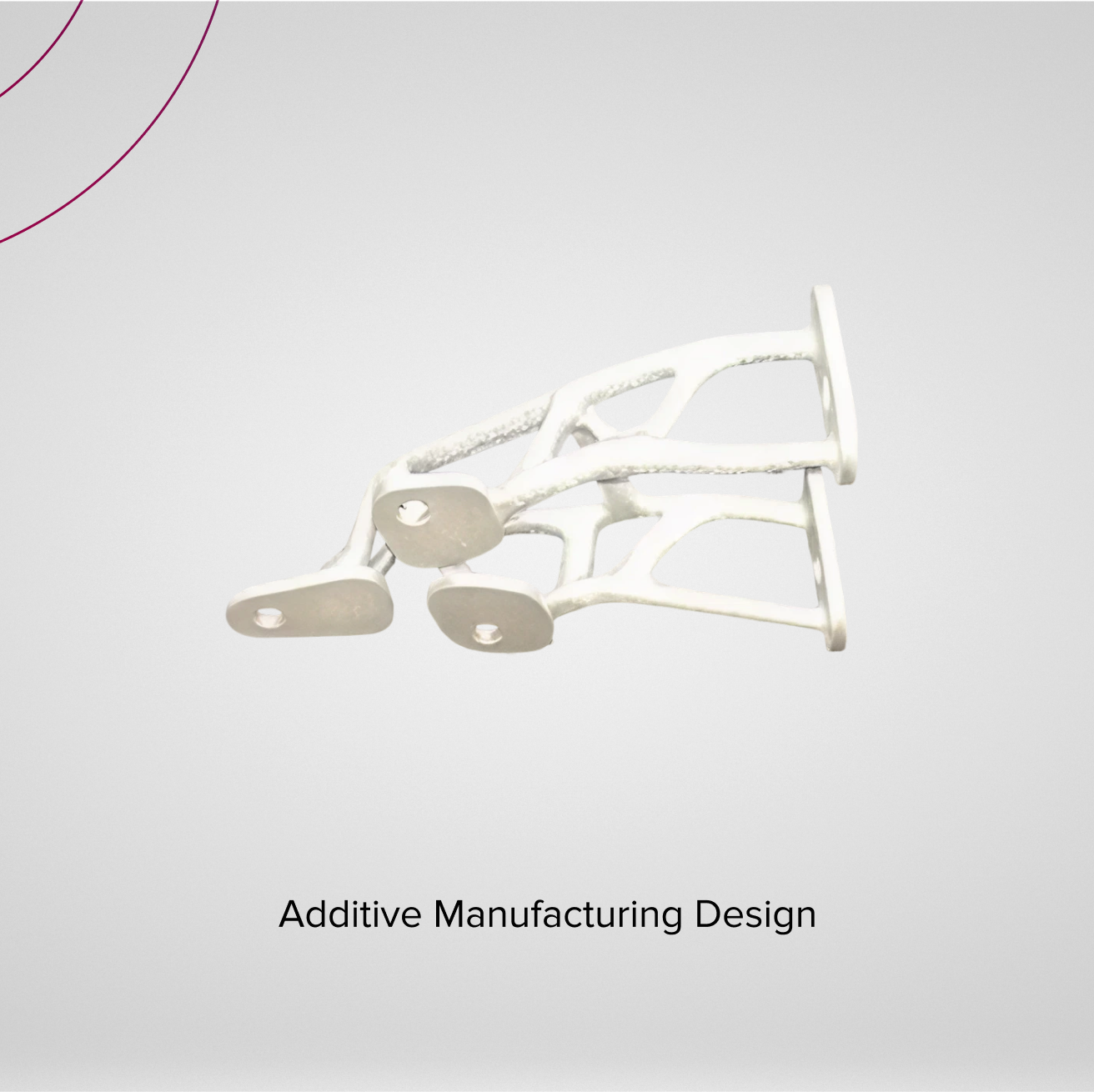
AM Value Addition

Weight Reduction
Owing to Wipro 3D’s redesign 53% of weight was reduced.

Time-to-realize
The complete redesign to realize lifecycle for the ‘Bracket’ was done in less than 2 weeks.

Design Freedom
With the process package established, the customer now has the ability to make efficient design alterations to improve the functional performance, pe with very short “Redesign-to-realize” cycle time.

